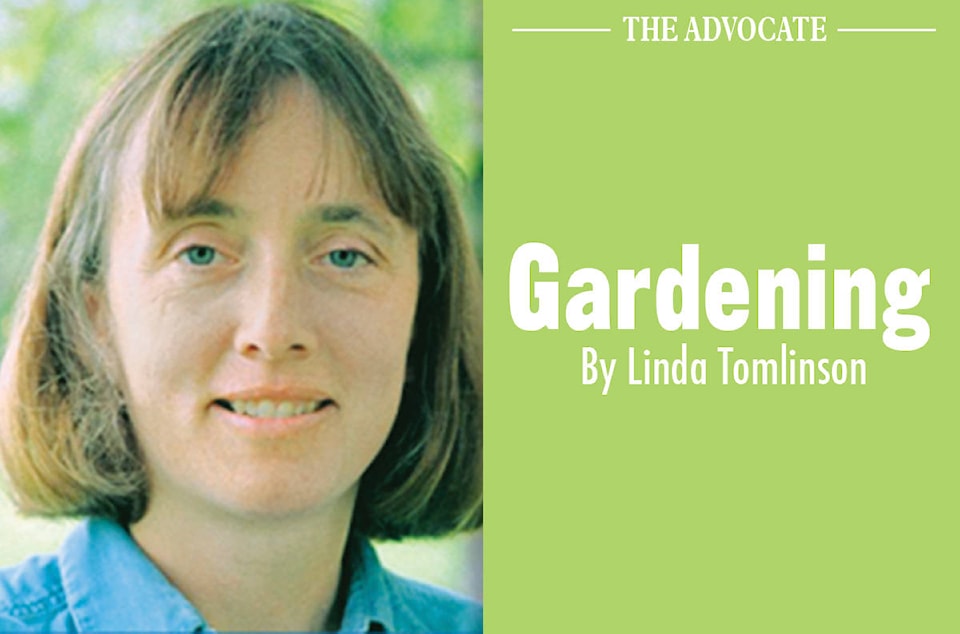The climate in the Prairie provinces makes it impossible to grow the the same varieties of fruit commonly available at grocery stores. That doesn’t mean that the fruit grown in Alberta orchards or in the wild has no value. Berries native to the area have been picked and enjoyed for hundreds of years. Introduced fruit such as currants and rhubarb were brought in by the settlers. Over the years, horticulturalist have made selections and bred plants and introduced new fruit to the area expanding the types, varieties of small locally grown.
With improved varieties and people’s desire to eat locally, the number of orchards have expanded making it easy to find local fruit at; Farmer’s Markets, through farm gate sales or pick-your-own farms. A small percentage of orchards preserve their fruit and sell it through chain stores.
Raspberries have always been a garden staple as they require very little care. There are a number of different varieties of red raspberries available. Newer varieties tend to be larger and sweeter than original ones. Expect to hear the terms Primocane and Floricane when purchasing plants. Primocane blooms on first year wood while floricane raspberries fruit on second year wood.
Raspberries are available in red, yellow and purple/black. The red make great preserves and are wonderful fresh. Yellow raspberries are very sweet and great to eat but preserves made from yellow berries taste good but are not always pleasing to the eye. The Wyoming black raspberries, a Primocane, are very sweet with small berries.
Saskatoons cultivars have been chosen for the size of their berry as well as their taste. Plant early, medium and late fruiting varieties to extend the season. Junipers galls contain a rust that attacks saskatoon bushes. Remove all gall when they are found but it may not help as the spores can travel up to 2 km.
Tame varieties of strawberries are much larger than wild ones. Wild plants take little if any care as they will quickly form a dense ground cover. Tame varieties produce more berries if the runners are removed until the plant is finished fruiting for the season. Both tame and wild strawberries do better if they receive a extra moisture when the plants are flowering.
On average, strawberries live for 5 years. It takes the first year for the plant to become established. Fruit production peaks in the third year and by year 5 production is significantly diminished.
Currants, black, white and red flourish in Central Alberta. Red and white currants fruit on second and third year wood while black currants fruit on last years wood. To get the highest yields the older wood needs to be removed on a regular basis.
Orchards regularly spray their trees in June to prevent sawflies from laying eggs in the fruit.
Currants make excellent preserves.
Honeyberries or Haskap’s plants are a relatively new to the prairies but have been a staple of Russia and northern Asia for many years. The berries are elongated and tart. They can be made into preserves, used in baking or frozen similar to blueberries. When growing the shrubs, plant one pollinating variety for every 3 fruiting plants.
The berries tend to hold fast to the branches until they are ripe and fall off. Placing a cloth under the bush and shaking it should yield all the ripe fruit.
Thank the University of Saskatoon for the addition of sour cherries. These small trees supply an abundance of fruit and take very little care. In fact they do better in areas where they have competition from grass and are not watered. The fruit is good in baking preserves or to eat fresh. The riper the berry, the sweeter it is.
Nanking cherries are often grown as an ornamental due to the early pink flowers and attractive growing habit. The fruit when ripe attracts the birds, children and anyone who wants to make jelly.
There are many different varieties of apples and crab apples that grow locally. Each has its own flavour. Some like the early Heyer 12 are best for baking but many are good to eat fresh. All are easy to preserve by canning, drying or freezing.
Chokecherries are native plants. The taste of the berries are astringent and not to everyone’s taste. As they are stone fruit it is best to preserve the berries as syrup or jelly.
While the fruit that is easy to grow locally is different from what finds in the grocery store it is delicious. Eating and or preserving this fruit adds variety to the diet.
Linda Tomlinson is a horticulturalist that lives near Rocky Mountain House. She can be reached at your_garden@hotmail.com
